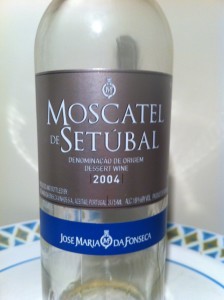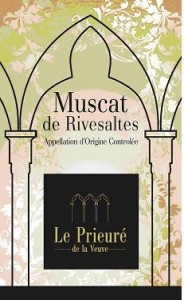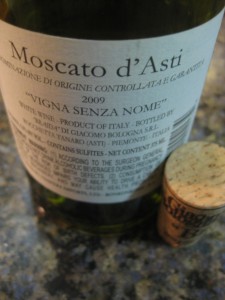 Jokes in Canada
Jokes in Canada
Someone once told me that receiving ice wine is a joke in Canada. Doesn’t seem like much of a punch line but in that quaintly Canadian way, even being the butt of a joke has an uplifting quality. Apparently though, ice wine is the most re-gifted present that exists in the frozen north. People just don’t open these rare treasures known as dessert wines.
Awkward Morning on Wednesday
I get it though – it’s high alcohol, they spoil easily and they’re really expensive. Even half a bottle of these dessert wines run pretty consistently in the $40-50 range. A nice present to be sure, although probably not what you’re opening on your own on a Tuesday with pizza, especially since finishing a bottle on your own could be pretty terrible for Wednesday morning.
Affordable Liquid Dessert
Being a great fantasizer about dessert wines of all kinds though, I am happy to identify that there are at least a couple of affordable, small bottles available. Moscatel de Setubal certainly qualifies – the bottle that I bought was $12 I believe. The empty bottle you see above is one that my brother and I polished off on our front porch in Chicago on a sunny day, the occasion for which I have long since forgotten.
Memories… of Men and Moscatel
This weekend reminded me of that time though as that brother, along with all of my siblings, parents and significant others, came to visit. And yes, we had lots of beer, treats and wines. Moscatel de Setubal of another bottle was drunk and we left the bottle similarly empty at the end of the weekend. Apparently, Canadians don’t invite their relatives over very often… or (more likely) their relatives refuse to visit because it’s Canada. Just kidding – we all love Tim Horton’s.
Taste
Apricot, candied, rich, long finish. Some bosch pear and wildflower honey. The other one we tried this weekend (not this brand identified) also had a cool tea finish to it.
Detail Up!
2004 Moscatel de Setubal DOC, a fortified dessert Wine by Jose Maria da Fonseca in Setubal, Portugal
Random Googles:
* There are 9 types of Moscatel currently recognized by Wikipedia: Moscato Bianco, Moscato Rosa, this Moscatel de Setubal, Muscat of Alexandria, Muscat Ottonel, Black Muscat, Orange Muscat, Muscat Crocant and Moravian Muscat. Four down, five to go.
* Setubal is only 30 minutes outside of Lisbon – about the same as going to Sintra, the famous tourist destination thanks to Lord Byron’s poetry, just in the opposite direction
* Juan Maria da Fonseca also makes a really good dry red, Periquita…Â for those who learned the word through slang in Brazil.


